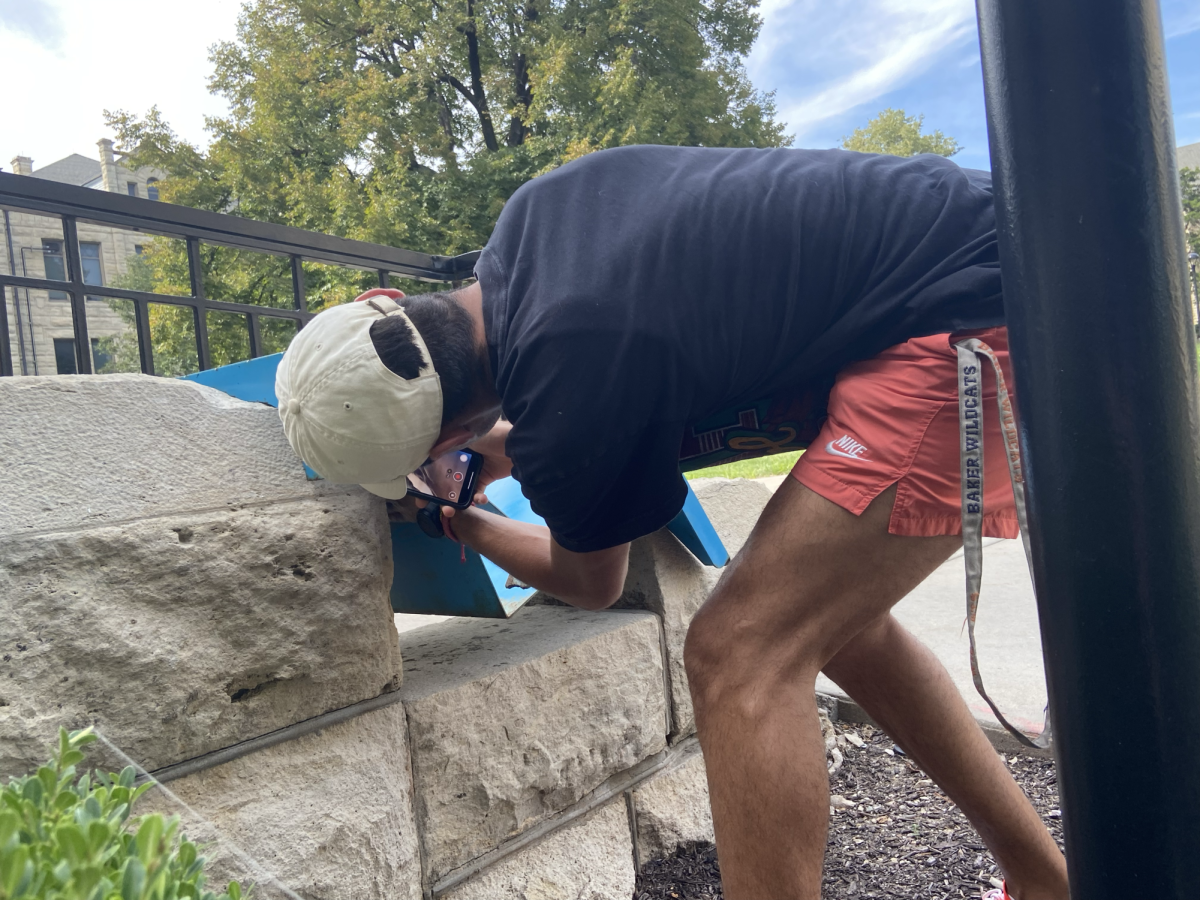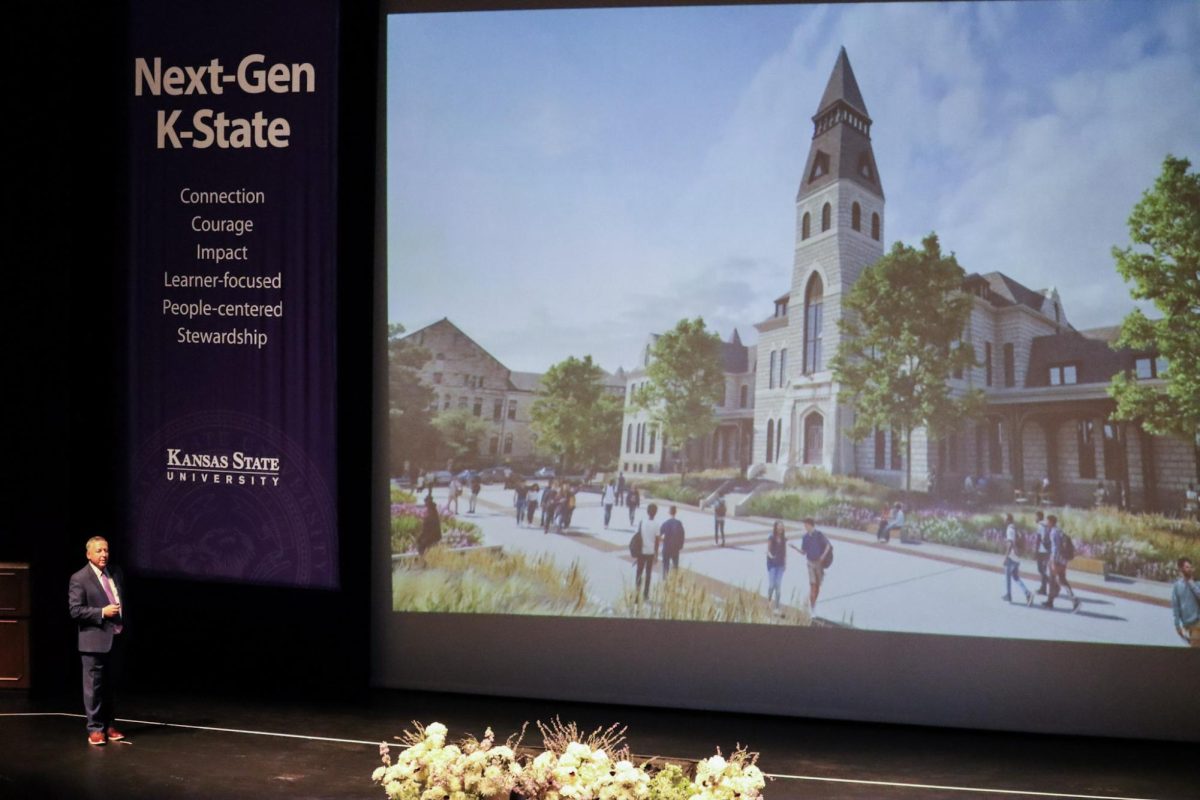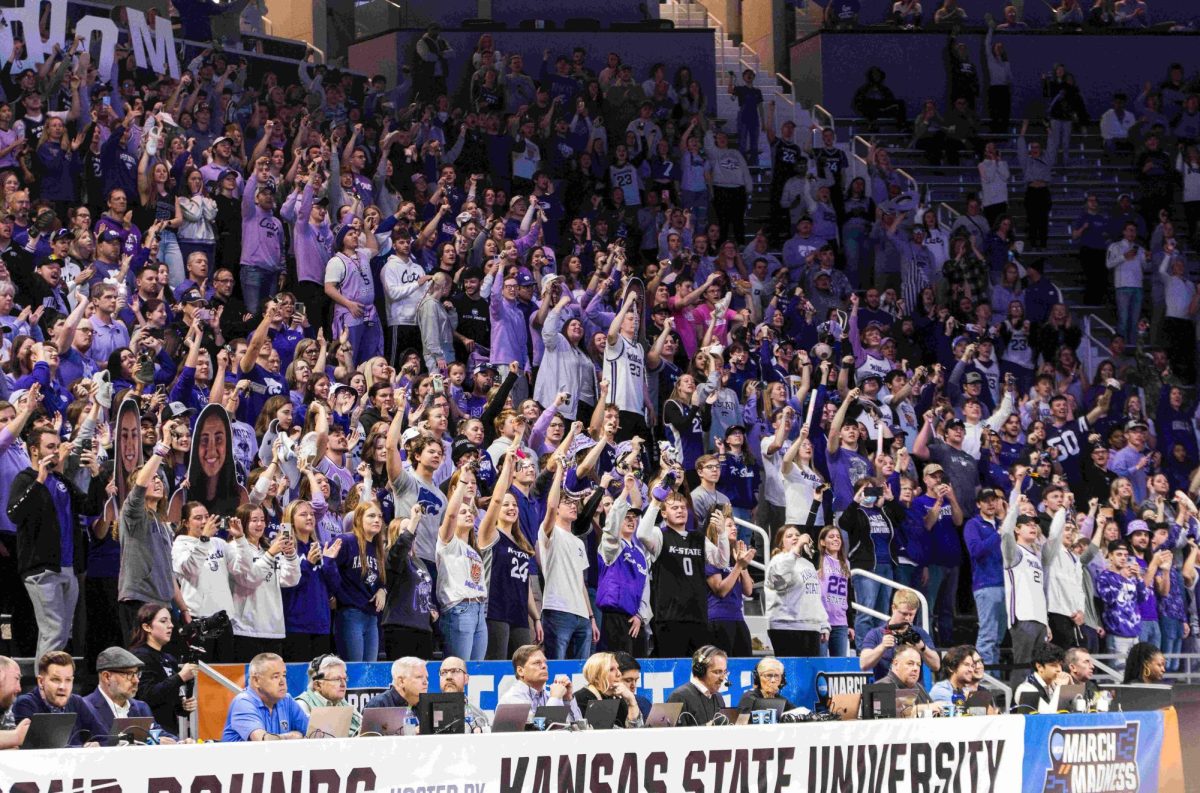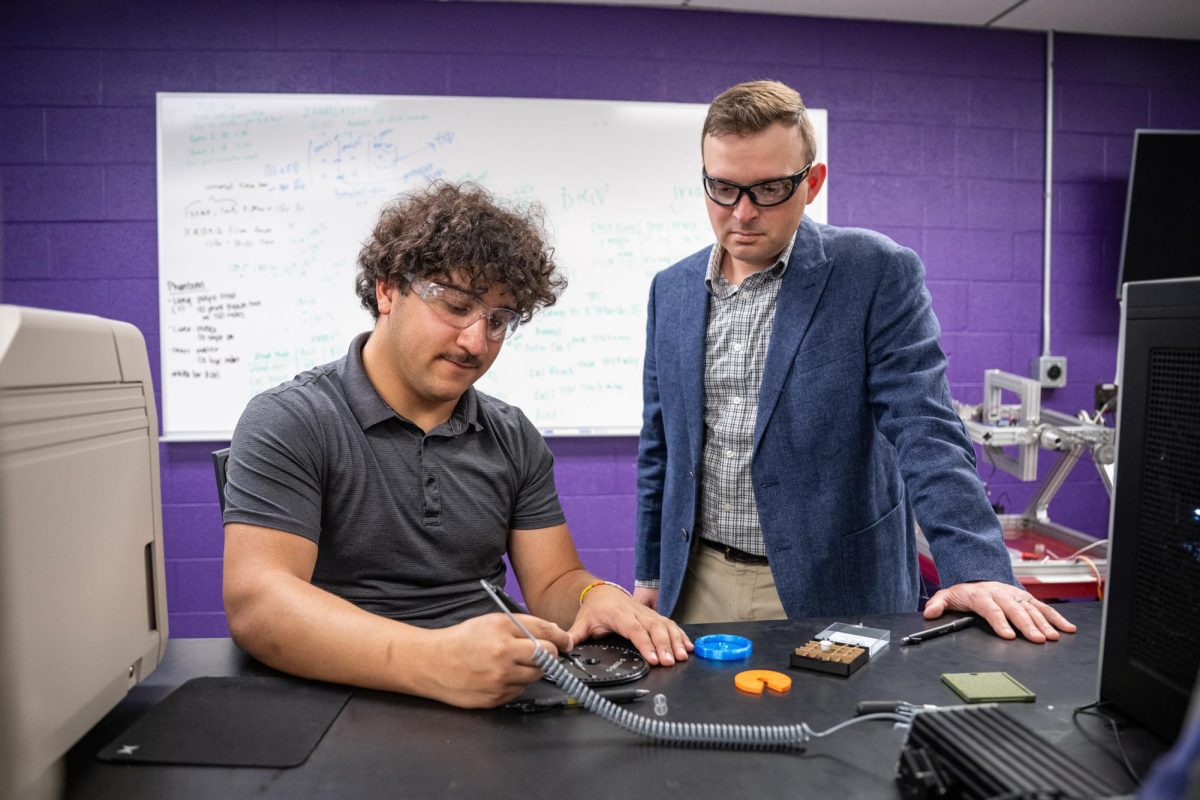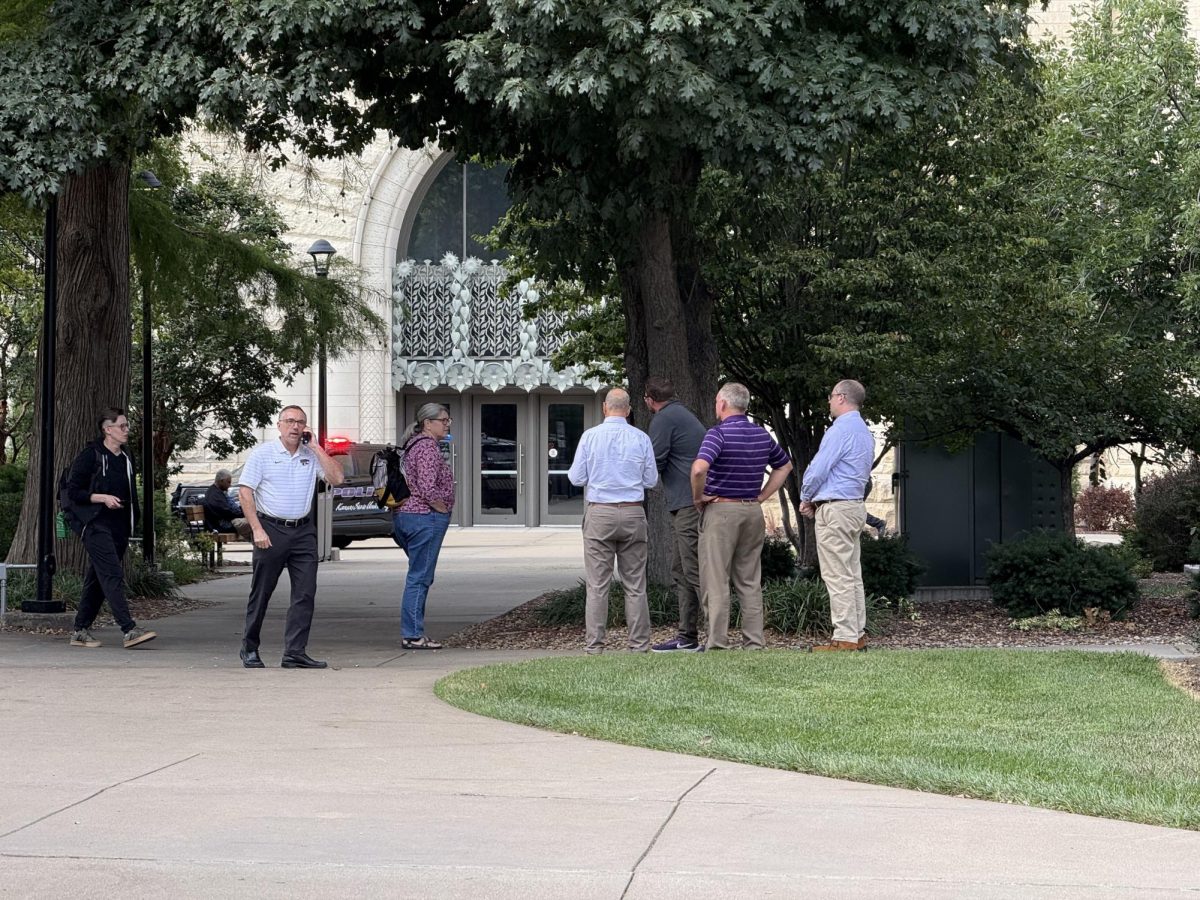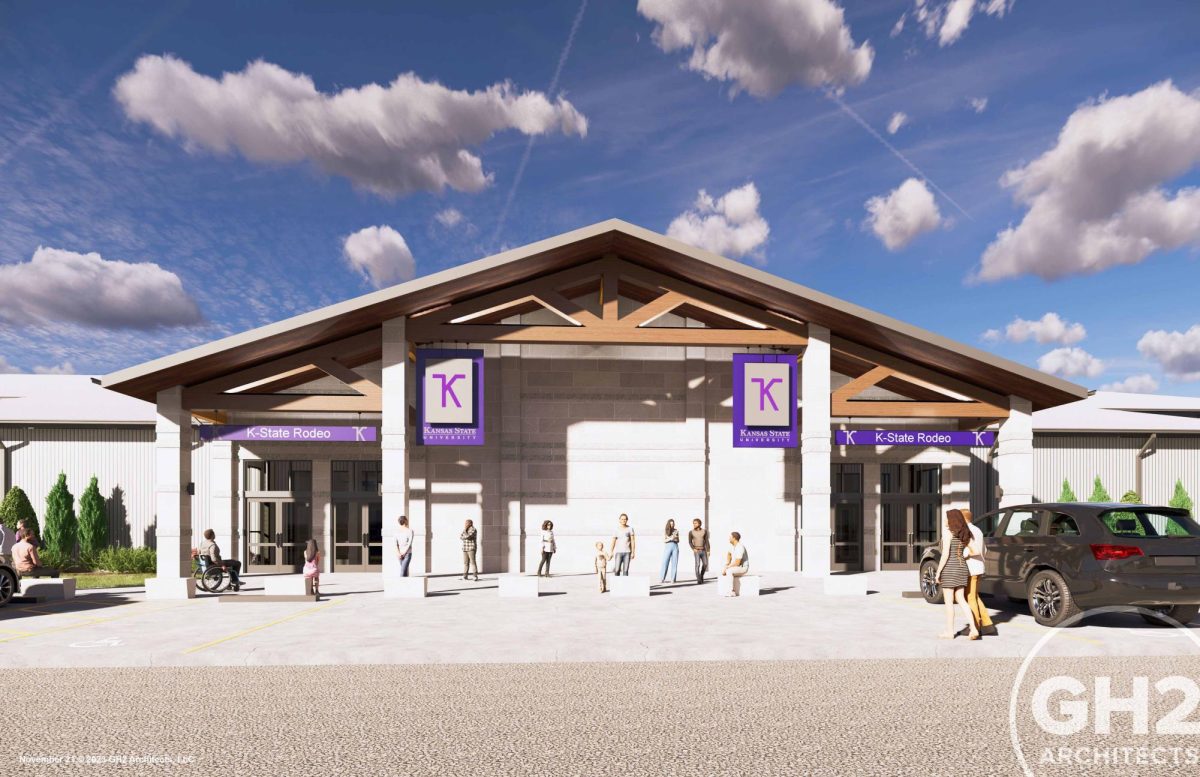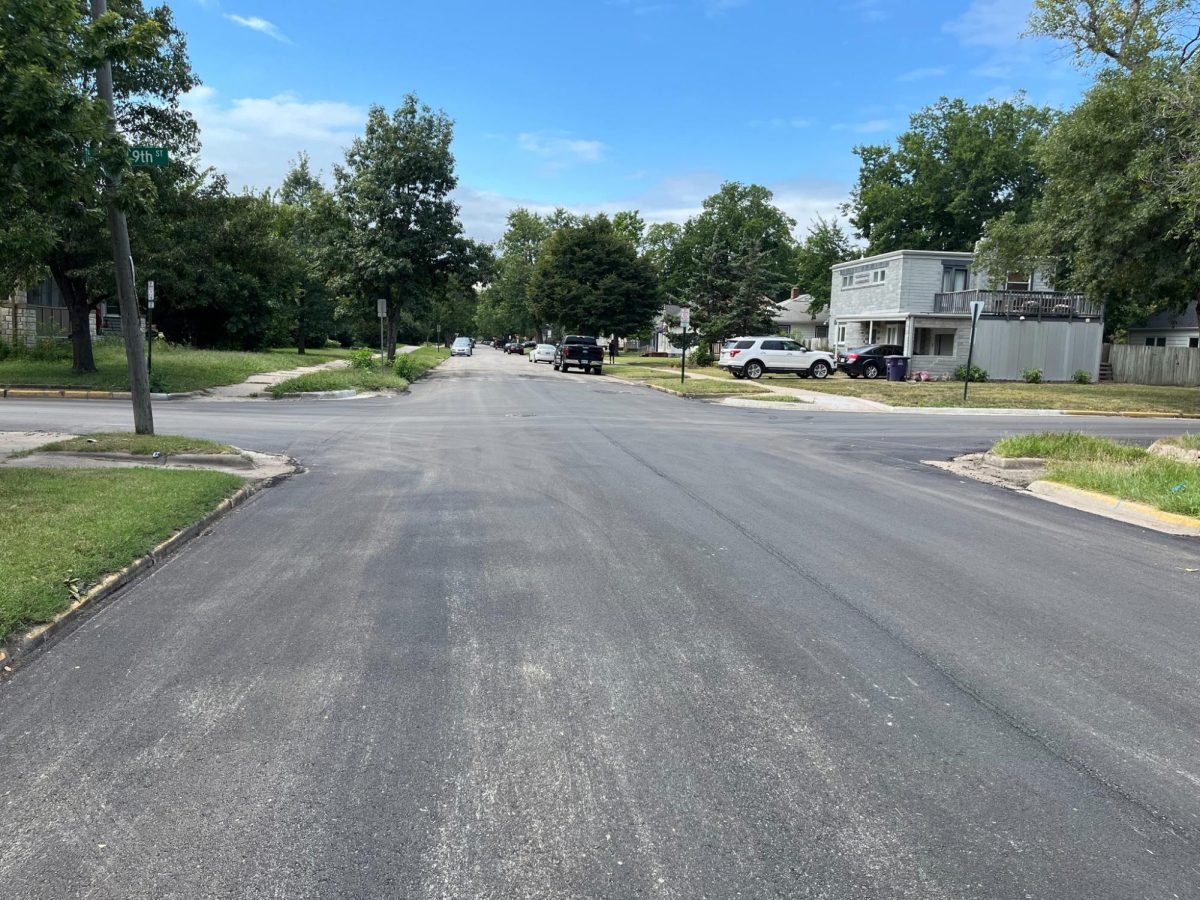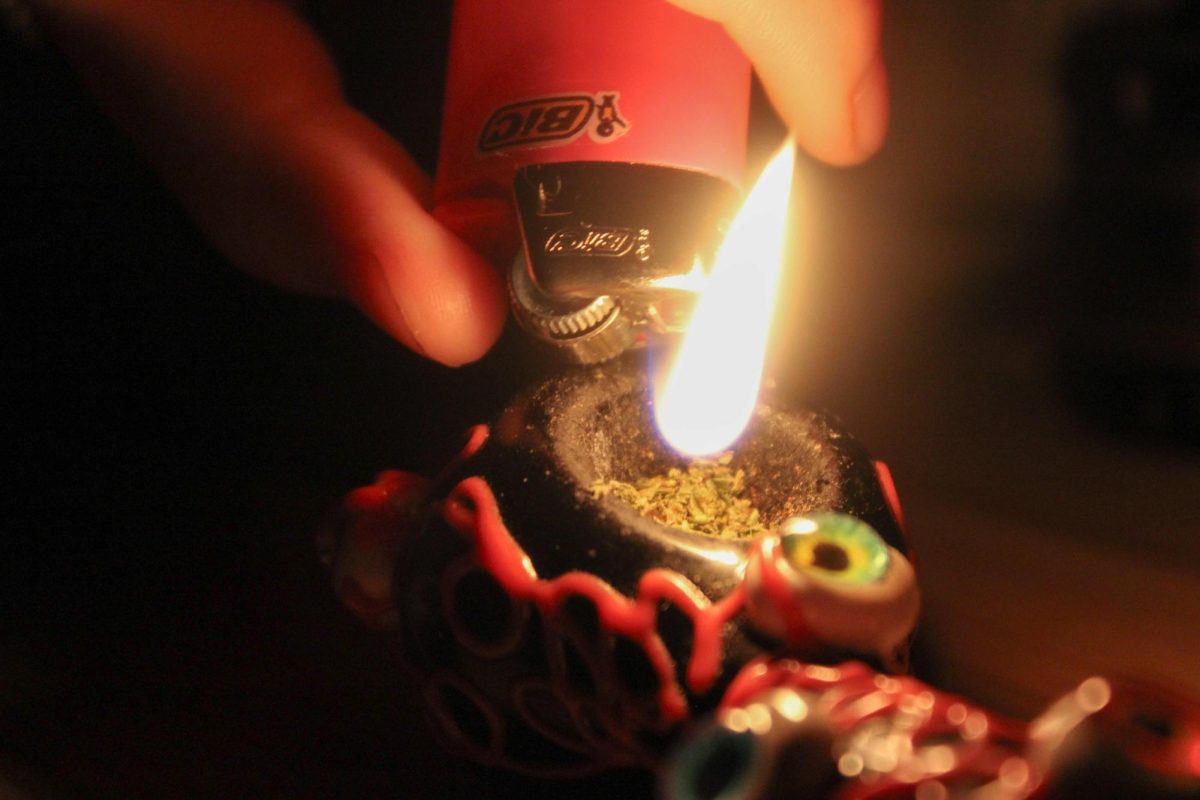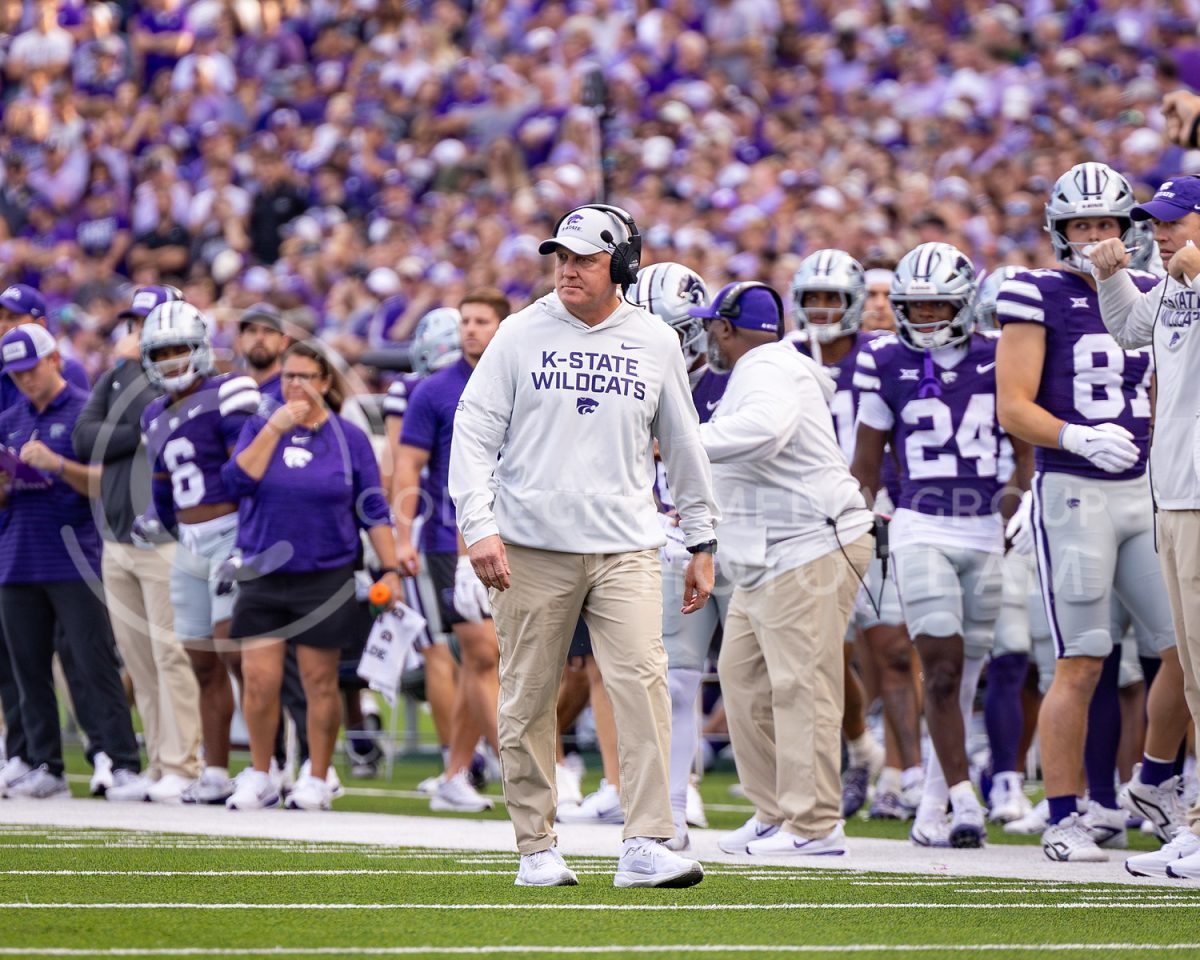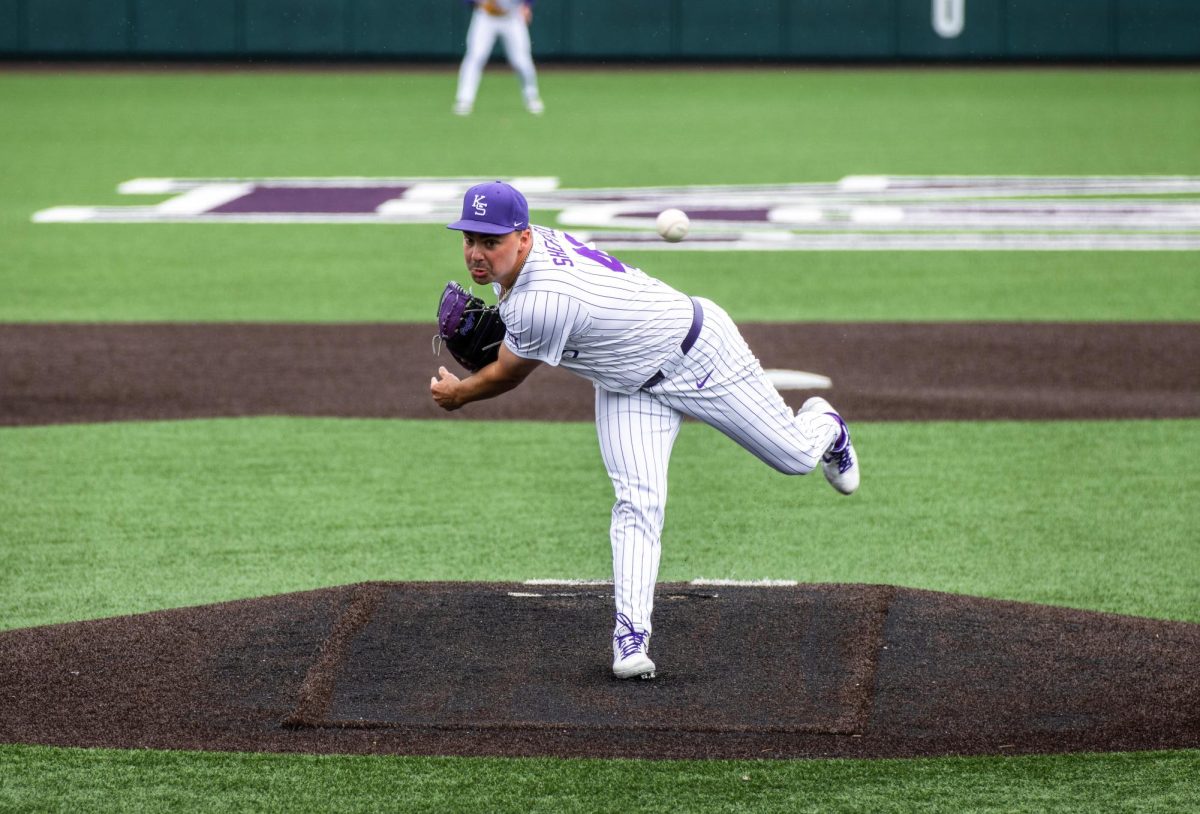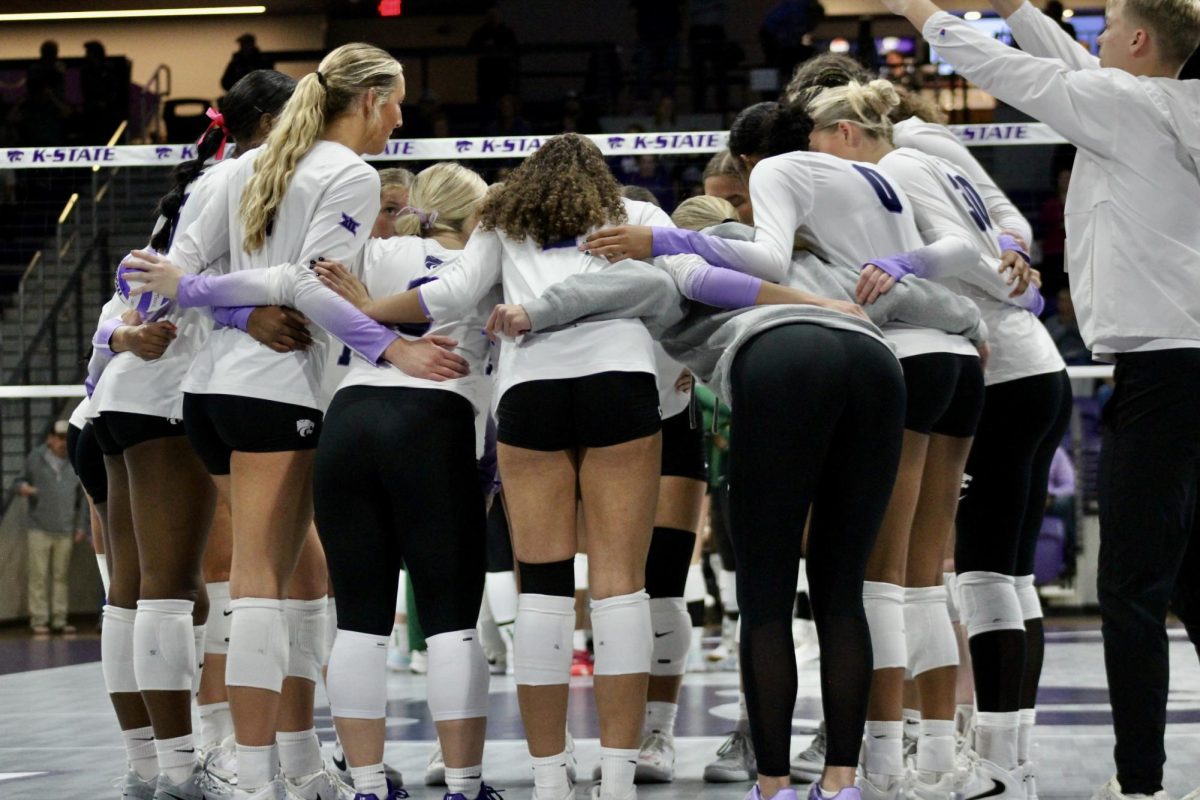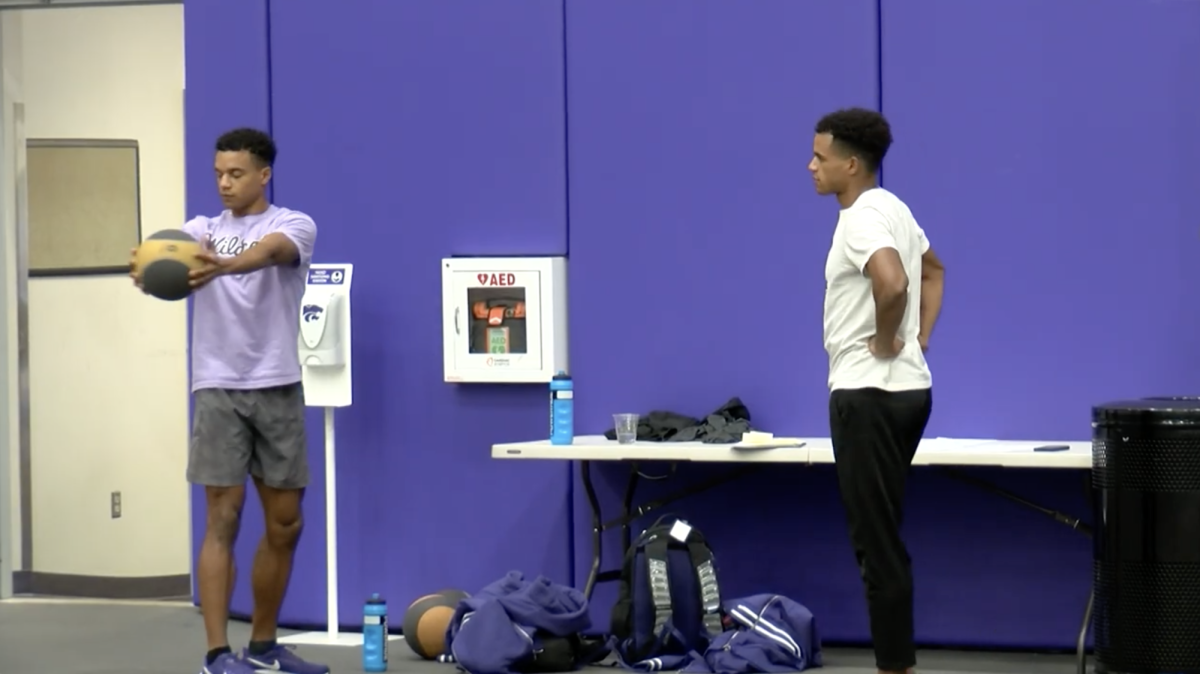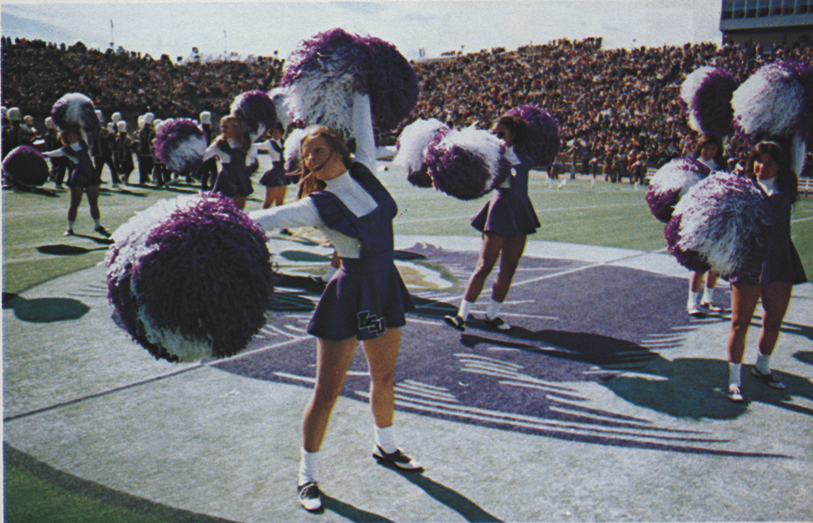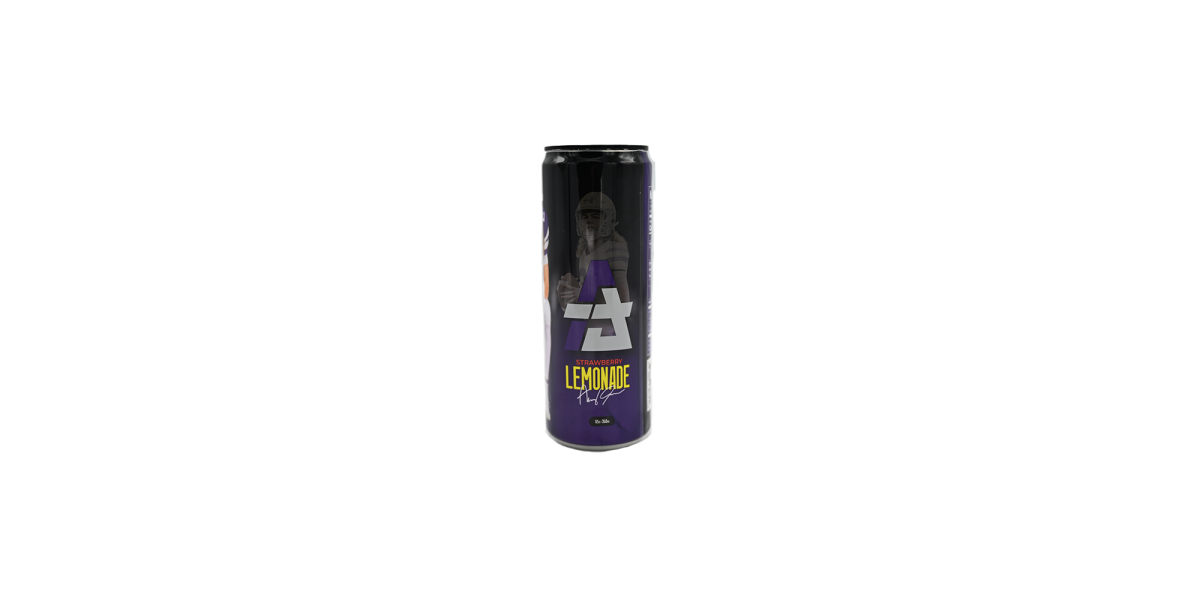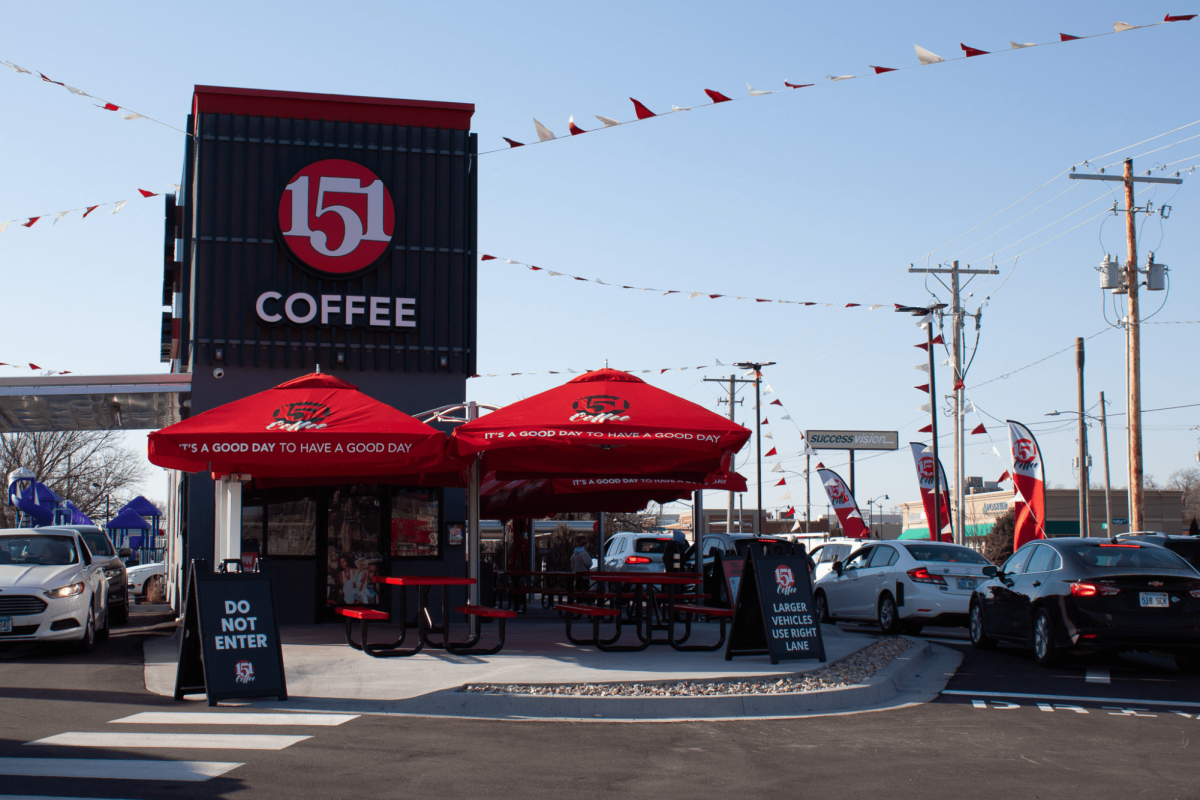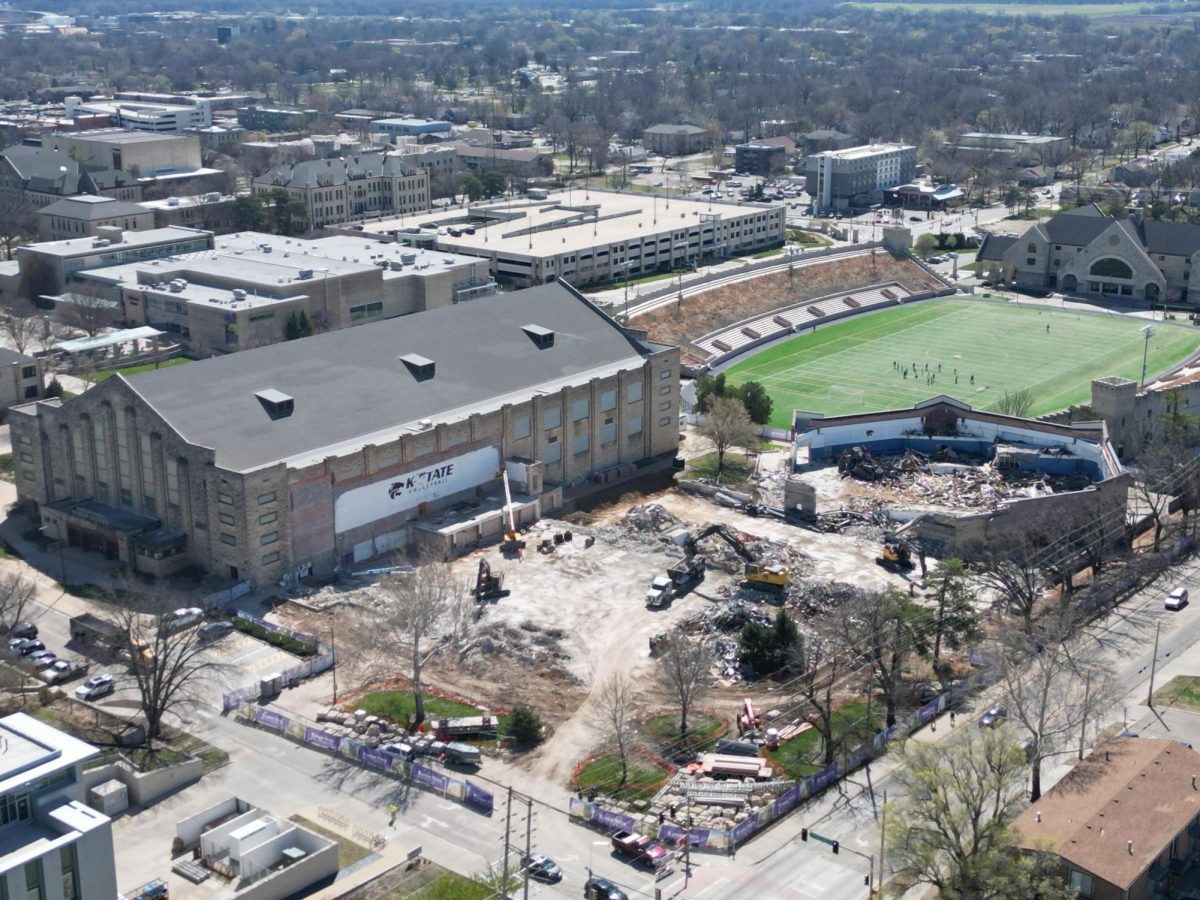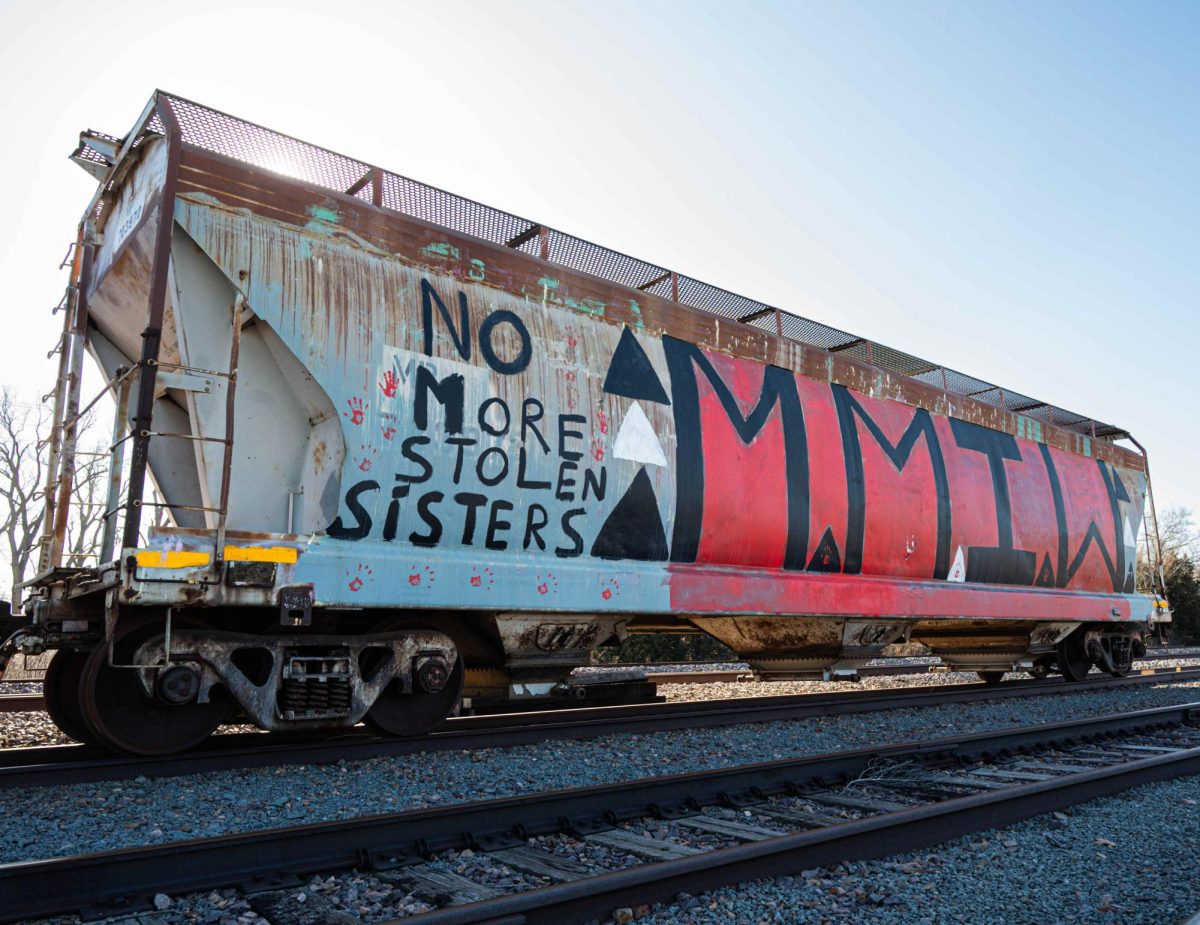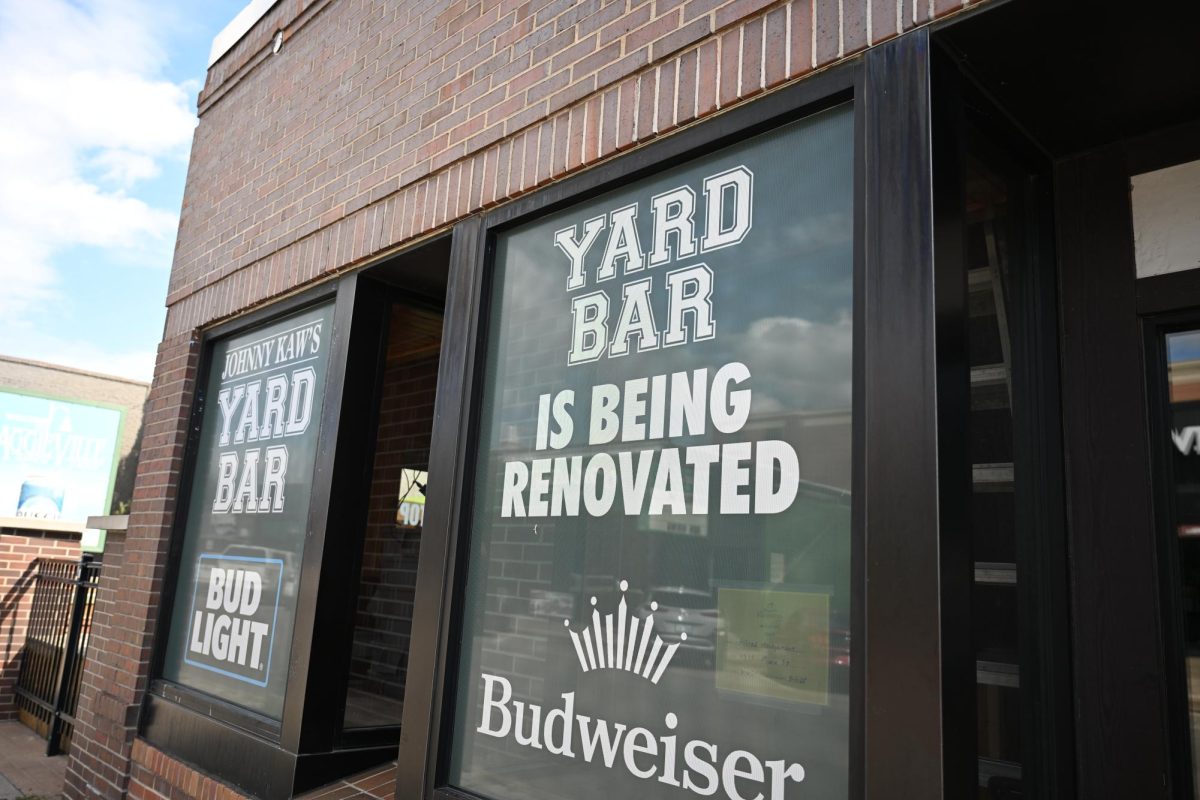The U.S. Army Corps of Engineers and the Kansas Water Office are collaborating on a new project at Tuttle Creek Lake, scheduled to take place from Wednesday, Sept. 17 to Saturday, Sept. 27, aimed at reducing sediment accumulation at the lake’s bottom.
“There has been a high amount of sedimentation that has accumulated, which was expected at the time that the reservoir was constructed,” USACE project manager Laura Totten said.
According to the USACE Kansas City District’s website, 438 million cubic yards of sediment is built up, resulting in approximately 50% of its original multipurpose pool capacity being lost. By 2049, it is estimated that 75% of the pool will be filled with sediment.
“These reservoirs have become extremely important to Kansans; 40 to 60 percent of people, primarily in Topeka, Lawrence and Manhattan, use water from core reservoirs and Tuttle Creek is one of the biggest,” according to the USACE Kansas City District. “It’s extremely important to try to protect and maintain that water storage in the reservoir as long as possible … to provide those benefits to the people in the state of Kansas.”
According to the USACE’s WID project website, the main goal of this first test is to determine the right parameters for the dredge operation, considering water qualities, ecological impacts and efficiency.
“We will be using the information from this demonstration to determine if it’s at least part of a long-term solution to maintain water storage in Tuttle Creek and provide a legacy to our children in the future where they still have water when they need it,” Totten said.
USACE and KWO are monitoring any effects of the operation at five locations on the Big Blue and Kansas rivers. The project will continue again next spring and summer based on the results and lessons derived from the fall test.

Water Injection Dredging is a tactic employed to solve this sediment problem.
“Essentially it is a big piece of equipment, a barge, that is lowered to the bed of the reservoir … that has about 40-50 nozzles on it that then spray water from those nozzles at a high volume into the bed of the reservoir, disturbing the sediment at the bottom and lifting it into the water,” Totten said, “It creates a current of sediment that is then pulled out of the reservoir gates into the downstream areas.”
According to the USACE/ KWO’s webinar on the operation, dredging does not require support equipment and is easy to mobilize. It requires little energy while also having high production rates.
“[WID] is a very innovative dredging technology using a method that has never been used in a reservoir for sedimentation management,” Totten said. “It is a much less invasive technique; you don’t have to put the sediment on land and take up large areas, it’s less costly than traditional dredging, and there are some benefits to putting sediment back into sediment-starved environments in the downstream area, which currently does not receive sediment because of the reservoir.”
The project’s results will be evaluated at the end of the three periods; however, for now, it appears to be effective.
“Initially, we are seeing that the technology is working and is moving sediment out of the reservoir, ” Totten said.
The project has a total cost of $9.1 million, which is funded by federal appropriations and the Kansas Water Office.





